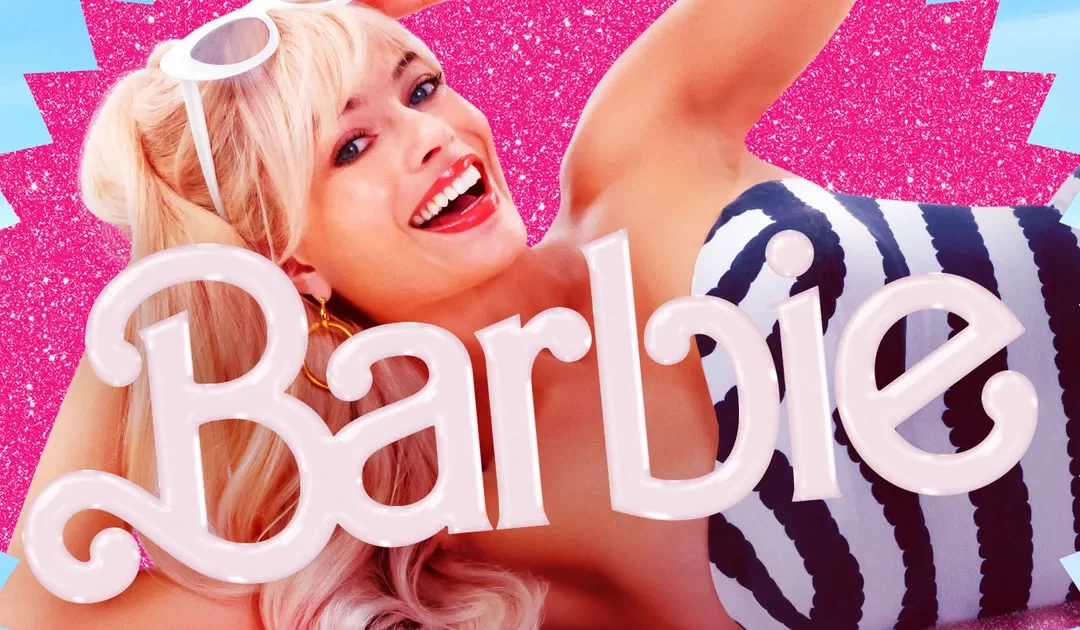Can Barbie save the movie business?
As if a post-pandemic comeback and the resulting digital reinvention were not enough, an industry-wide strike has made a challenging situation even worse. Then, enter you know who. An unlikely hero(ine) at best, but a silver bullet for sure.
I mean, I love Greta Gerwig for building a woman-centric world that prevails, but talk about the merging of branding and entertainment – this is the definition of that. While there are feminist overtones (thankfully), and we are reminded that Barbie was created by a woman, the movie is an extended commercial for this toy.
Bravo, Ynon Kreiz, a CEO whose dedication to merchandising Barbie’s IP from his first days at Mattel has been translated into this ballsy piece of branded entertainment. I worked with Ynon Kreiz a number of years ago, pre-Mattel, pre-Maker Studios, when he was casting about for his next role. At the time he was heading an Israeli tech startup called Cortica, which focused on facial recognition and AI long before anyone was talking about that stuff. It’s amazing to see the evolution, and the role that he was obviously made for. And finally, kudos to Mattel for making fun of itself and for including Barbie (dolls) of all sizes and types, but still…
Don’t get me wrong, when I saw Barbie this week, I was glad that it packed the house (getting a ticket was a struggle) and that it has reenergized movie-going, at least for now. What happens after enthusiasm for Barbie and Oppenheimer have come and gone, and Hollywood remains static, I don’t know, but movie-lovers/goers were definitely reminded how great going to the movies is. And that’s a good thing.
Challenges Persist
But I still think the industry – and movie theatres in particular – are going to have to reevaluate their business in light of a whole slew of critical questions including streaming and artificial intelligence that SAG-AFTRA and the WGA are battling. These key questions about compensation and the impact of AI on actors and writers are profound, adding to the already existential questions facing movie theatre companies.
When the strike started, 107 movies were set to be released in 2,000 or more theaters, up dramatically from 71 in 2022 and down only somewhat from 112 in 2019, according to a Cinema Foundation Report.
Assuming the strike is resolved “soon” and movie-making resumes, with new guardrails in place, existential questions persist.
Will Amazon follow in the footsteps of its Whole Foods acquisition and buy a raft of movie theaters. Will Amazon commit millions – maybe a billion – to content that would start on the big screen? Will Netflix do the same? Viewers place a higher value on movies that they know were first released theatrically, so while streaming is an important part of a film’s distribution plan, it does not replace theaters which remain primary in the film ecosystem.
Will improving the movie-going experience with better seating, food, projectors, sound change the game? Over the last few years, movie theater operators have been removing traditional digital projectors and installing laser units. Laser components last for 20,000 hours so they can go years without being replaced.Many theater operators say they are also planning sound upgrades and other immersive experiences including blasts of air, water and fog, scent effects and others that “tickle” or “punch.”
The future of the movies
But what will happen now? This could all be moot if Hollywood takes forever to sort itself out, and movie theatres are left in the lurch, once again.
Speaking from personal experience, I’m tired of watching movies from my couch and I miss the whole movie-going thing – anticipation, dark theaters, shared experience, etc..
That said, what’s in store could be better. With proper compensation, and updated theatres, and inspired distribution agreements with small screen partners, we may seen interesting collaborations that help us remember what it used to be like.


Hi there would you mind letting me know which hosting
company you’re working with? I’ve loaded your blog in 3 completely different
internet browsers and I must say this blog loads a lot quicker then most.
Can you suggest a good web hosting provider at a honest price?
Cheers, I appreciate it!
The site is hosted by WP Engine.
Great article! I really appreciate the clear and detailed insights you’ve provided on this topic. It’s always refreshing to read content that breaks things down so well, making it easy for readers to grasp even complex ideas. I also found the practical tips you’ve shared to be very helpful. Looking forward to more informative posts like this! Keep up the good work!